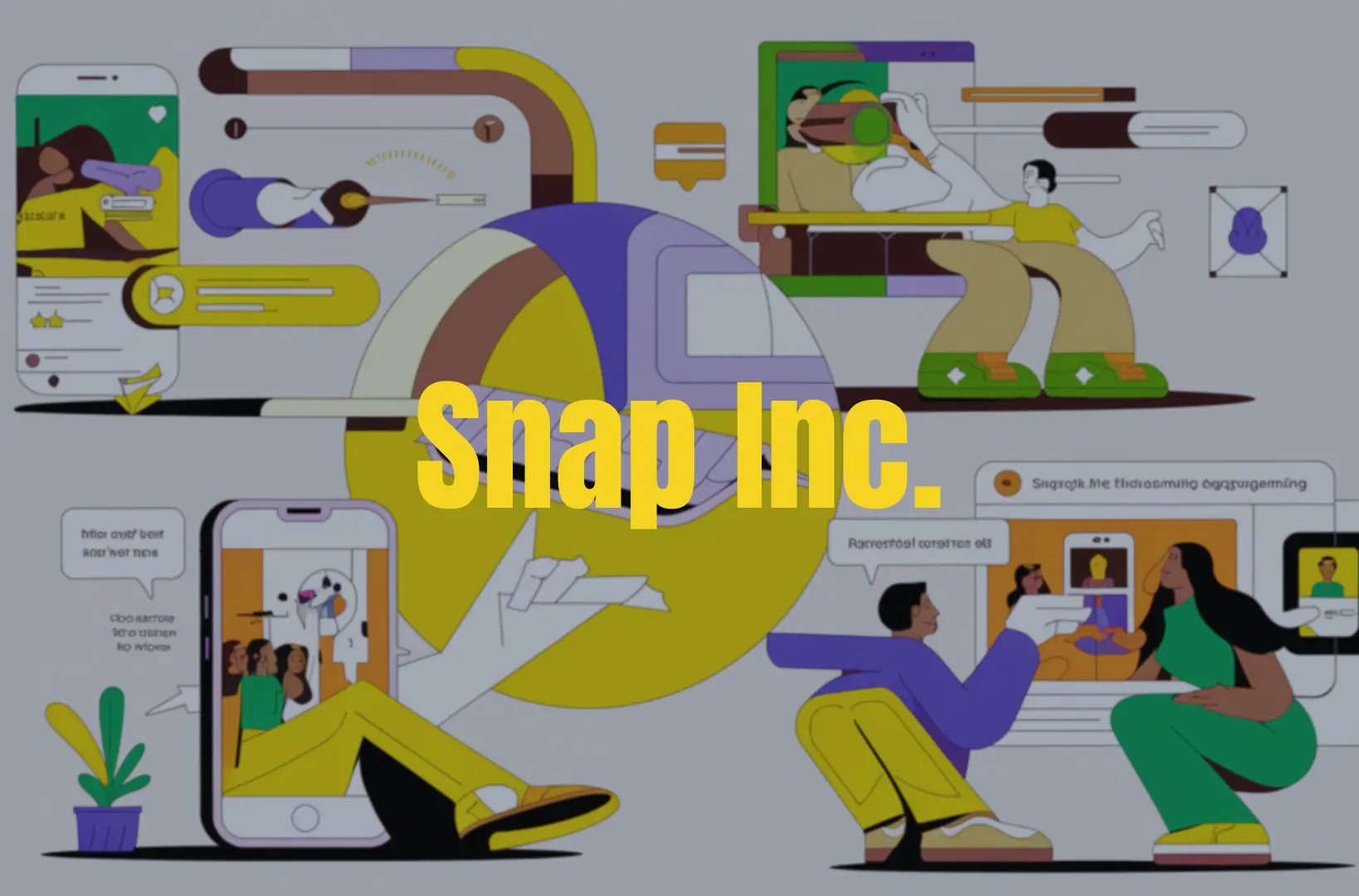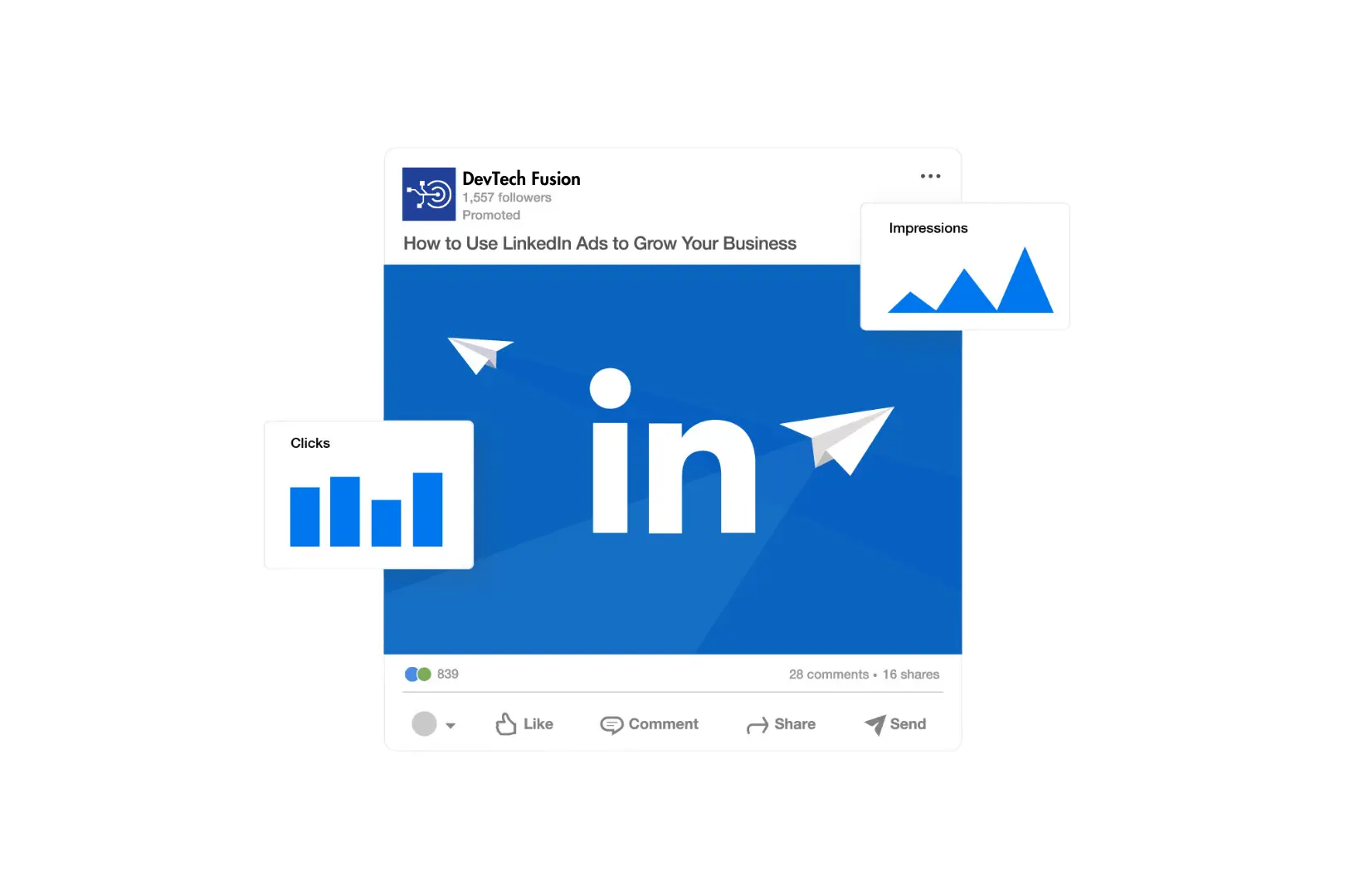The marketing landscape in 2025 is evolving rapidly, driven by AI advancements, data privacy regulations, shifting consumer behaviors, and economic uncertainties. According to recent industry reports, global AI-driven marketing spending is projected to surpass $107 billion by 2025, while 90% of marketers are shifting toward first-party data strategies to navigate the decline of third-party cookies. Meanwhile, short-form video content now accounts for over 60% of social media ad spending, reflecting changing consumer preferences.
Companies are prioritizing high-ROI initiatives, focusing on AI automation, predictive analytics, and immersive digital experiences. Social commerce is booming, with global sales expected to reach $2.9 trillion, pushing brands to invest more in shoppable content and influencer-driven campaigns. Performance marketing is also a top priority, with over 75% of marketers increasing programmatic ad budgets to maximize efficiency.
In this in-depth analysis, we’ll explore where marketers are investing their budgets in 2025 and the trends shaping their decisions.
1. AI and Automation Dominate Marketing Budgets
Artificial intelligence is no longer a futuristic tool—it’s the backbone of modern marketing strategies. AI is helping brands streamline operations, enhance customer interactions, and maximize ad performance.
AI-Powered Content Creation
Generative AI tools like ChatGPT, Jasper, and Gemini are transforming content marketing. Businesses are using AI to:
- Generate blog posts, ad copy, email sequences, and social media captions at scale.
- Personalize content for different audience segments, ensuring higher engagement rates.
- Optimize SEO by analyzing search trends and recommending keywords.
Brands are allocating a significant portion of their budgets to AI-powered content creation because it reduces production time while maintaining quality.
AI-Driven Chatbots and Virtual Assistants
Customer service is evolving, with AI-powered chatbots handling a majority of inquiries. In 2025:
- Companies are integrating advanced chatbots into websites, social media, and mobile apps.
- AI chatbots are handling complex queries, reducing the need for human support.
- Conversational AI is improving customer retention by offering instant, personalized recommendations.
Predictive Analytics for Smarter Decision-Making
Predictive analytics is another area where marketers are spending heavily. AI analyzes historical data to forecast trends, helping brands:
- Optimize ad spending by predicting which channels will drive the best ROI.
- Personalize offers and recommendations based on customer behavior.
- Reduce churn by identifying at-risk customers and engaging them proactively.
As AI continues to evolve, businesses that fail to incorporate automation risk falling behind competitors who leverage data-driven insights.
2. Social Media Advertising Remains a Key Focus
Social media remains one of the most effective marketing channels in 2025, but the way businesses allocate their budgets is evolving.
Short-Form Video Advertising Takes the Lead
The rise of TikTok, Instagram Reels, and YouTube Shorts has changed the way brands engage with audiences. Short-form videos are capturing attention faster than traditional ads. In response, marketers are:
- Investing more in video production to create engaging, high-quality content.
- Utilizing AI-generated video tools to streamline content creation.
- Running performance-based ad campaigns that prioritize engagement over impressions.
AI-Enhanced Influencer Marketing
Influencer marketing is still thriving, but brands are now relying on AI to:
- Identify micro-influencers with the best engagement rates instead of focusing on expensive celebrities.
- Predict the ROI of influencer collaborations before committing a budget.
- Automate outreach and contract negotiations with influencers.
By investing in AI-driven influencer marketing, companies are ensuring that every dollar spent delivers measurable impact.
Social Commerce Expands
Social media platforms have evolved beyond engagement—they are now full-fledged e-commerce hubs. In 2025:
- Brands are allocating more budget to shoppable posts, enabling customers to buy products without leaving social apps.
- Live commerce (livestream shopping events) is gaining popularity, with companies using influencers to drive real-time purchases.
- AI-powered recommendation engines on social platforms are increasing conversion rates.
Marketers who focus on social commerce are seeing higher ROI compared to traditional ad campaigns.
3. First-Party Data Collection and Privacy-Focused Strategies
With third-party cookies being phased out, companies are forced to rethink their data collection methods. In 2025, businesses are investing in:
First-Party Data Strategies
Since brands can no longer rely on third-party tracking, they are:
- Building direct relationships with customers through loyalty programs and memberships.
- Encouraging users to create accounts and share preferences voluntarily.
- Offering value-driven content in exchange for customer data (e-books, webinars, exclusive discounts).
Contextual Advertising Over Behavioral Tracking
Instead of tracking user behavior across the web, advertisers are using contextual advertising, where ads are placed based on content relevance. This shift is leading to:
- Higher ad engagement, as users see ads relevant to what they’re actively reading or watching.
- Improved compliance with privacy regulations like GDPR and CCPA.
- Increased brand trust, as customers feel less intruded upon.
Zero-Party Data Collection
Zero-party data refers to information that customers willingly share with brands. Companies are investing in:
- Interactive quizzes and surveys that collect user preferences.
- Gamified experiences where users earn rewards for sharing data.
- Email and SMS marketing that delivers hyper-personalized offers.
By focusing on first-party and zero-party data strategies, marketers are staying ahead of regulatory challenges while improving targeting accuracy.
4. Rise of the Metaverse and Immersive Marketing
Virtual and augmented reality are no longer experimental—they are becoming essential marketing tools in 2025.
Virtual Showrooms and 3D Shopping
Brands are investing in virtual storefronts where customers can:
- Browse and interact with products in a fully immersive 3D environment.
- Try on clothing and accessories using AR technology.
- Make purchases directly from the metaverse.
This strategy is particularly effective for fashion, beauty, and home decor brands.
AR-Powered Product Experiences
AR is transforming e-commerce by allowing consumers to:
- Virtually place furniture in their homes before buying.
- Try on makeup, glasses, or clothing through their smartphones.
- Scan QR codes to unlock interactive product experiences.
Metaverse Events and Sponsorships
Brands are hosting virtual events and concerts inside the metaverse, leading to:
- Higher engagement than traditional online webinars.
- Unique sponsorship opportunities within digital spaces.
- Increased brand awareness among younger, tech-savvy audiences.
Investing in immersive marketing ensures companies stay relevant in an increasingly digital world.
5. Performance Marketing and ROI-Driven Spending
With economic uncertainty still affecting global markets, companies are focusing on results-driven spending.
Increased Focus on Performance-Based Advertising
Instead of spending blindly on awareness campaigns, businesses are:
- Allocating budgets to pay-per-click (PPC) and pay-per-performance models.
- Using AI to adjust ad bidding strategies in real-time.
- Prioritizing ad platforms that offer clear ROI tracking.
Programmatic Advertising Growth
AI-driven programmatic advertising is helping marketers:
- Target highly specific audience segments.
- Optimize ad placements based on real-time data.
- Reduce wasted ad spend by eliminating underperforming placements.
Cost-Effective, High-ROI Channels
Marketers are shifting spending to lower-cost, high-return channels, including:
- Email marketing still delivers the highest ROI among digital strategies.
- Organic social media, with brands investing in community-building rather than pure advertising.
- SEO, as search traffic remains a major driver of long-term revenue.
By focusing on measurable outcomes, businesses are ensuring every marketing dollar is spent wisely.
6. Sustainability and Ethical Marketing Investments
Consumers in 2025 are demanding more from brands—they want ethical, sustainable practices. Companies are investing in:
Eco-Friendly Advertising Strategies
Brands are:
- Reducing their carbon footprint by optimizing digital ads.
- Using sustainable materials in print advertising.
- Offsetting emissions from digital campaigns.
Ethical Sourcing and Product Transparency
Marketing messages are shifting to:
- Highlight ethically sourced materials.
- Showcase fair labor practices.
- Promote eco-friendly packaging and shipping.
Purpose-Driven Branding
Consumers support brands that align with their values. Companies are investing in:
- Social responsibility campaigns.
- Partnerships with nonprofit organizations.
- Transparent messaging around diversity, inclusion, and sustainability.
Investing in ethical marketing is not just a trend—it’s a necessity for long-term brand loyalty.
Final Thoughts
Marketing in 2025 is all about adaptability, innovation, and data-driven decision-making. Brands that leverage AI, invest in first-party data, embrace immersive experiences, and prioritize sustainability will dominate the market.
Are your marketing strategies keeping up with the trends of 2025? Now is the time to refine your approach and invest where it matters most!
Suggested Reads
DigitalOcean Expands to Pakistan – New HQ at COLABS
Manus Isn’t China’s Second ‘DeepSeek Moment’—Here’s Why
Google Pay Launches in Pakistan: A Game Changer for Digital Payments

Burhan Ahmad is a Senior Content Editor at Technado, with a strong focus on tech, software development, cybersecurity, and digital marketing. He has previously contributed to leading digital platforms, delivering insightful content in these areas.








